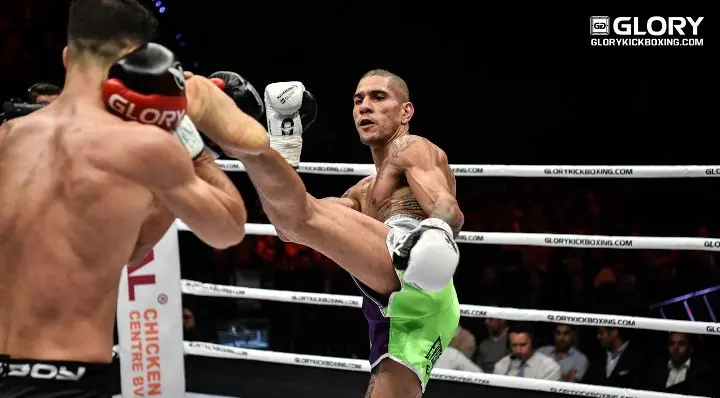Born on July 7, 1987, in São Bernardo do Campo, São Paulo, Brazil, Pereira faced significant challenges in his early life. Growing up in a favela, he dropped out of middle school to work as a bricklayer’s assistant and later in a tire shop.
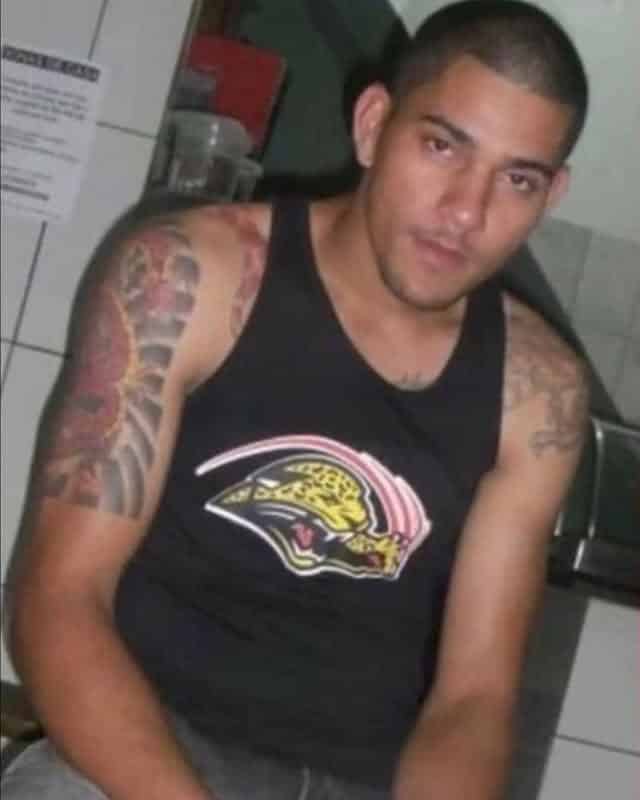
During this period, he developed a dependence on alcohol. In 2009, seeking a change, Pereira began training in kickboxing to overcome his addiction. His dedication to the sport led to a successful kickboxing career, where he became a two-division Glory champion.Transitioning to MMA in 2015, Pereira faced challenges typical for striking specialists entering a more multifaceted combat sport. His initial MMA bout resulted in a loss via submission, highlighting the need to develop his ground game.
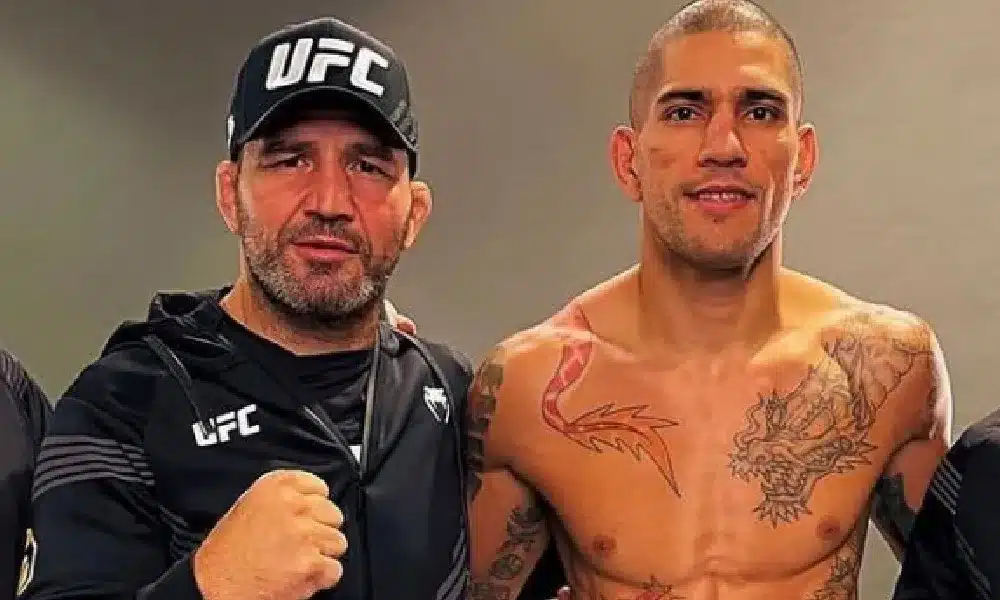
Recognising this, Pereira dedicated himself to improving his grappling, training under esteemed coaches like Glover Teixeira and Plinio Cruz. This commitment culminated in his promotion to BJJ black belt in April 2024, following his victory over Jamahal Hill at UFC 300.
Grappling in MMA Competition
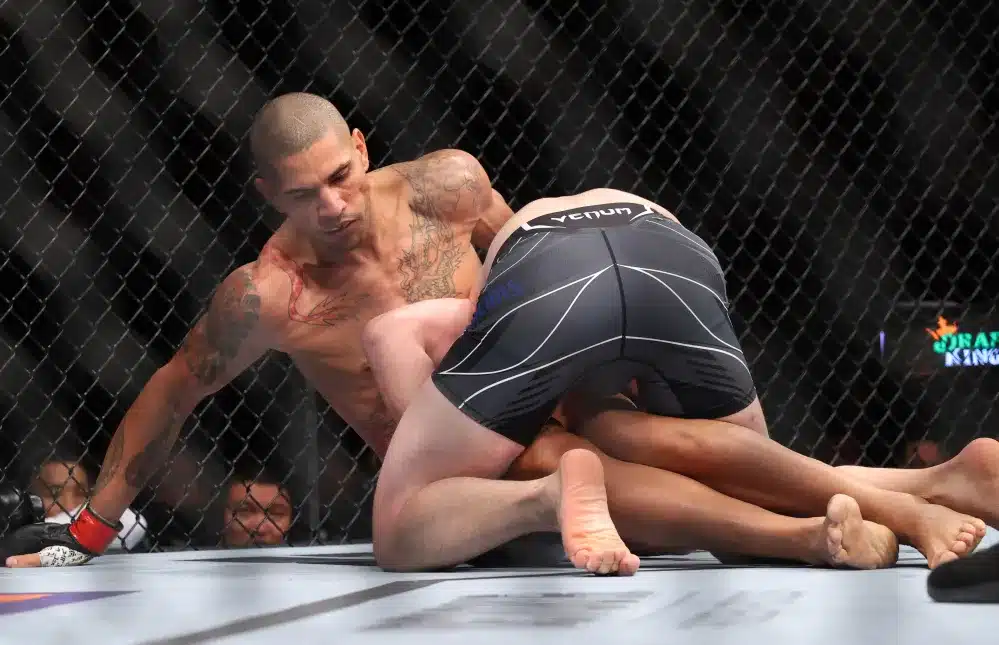
While Pereira’s fights predominantly showcase his striking, there have been instances where his grappling skills were tested. In his UFC debut against Andreas Michailidis on November 6, 2021, at UFC 268, he successfully defended takedown attempts before securing a knockout victory in the second round.
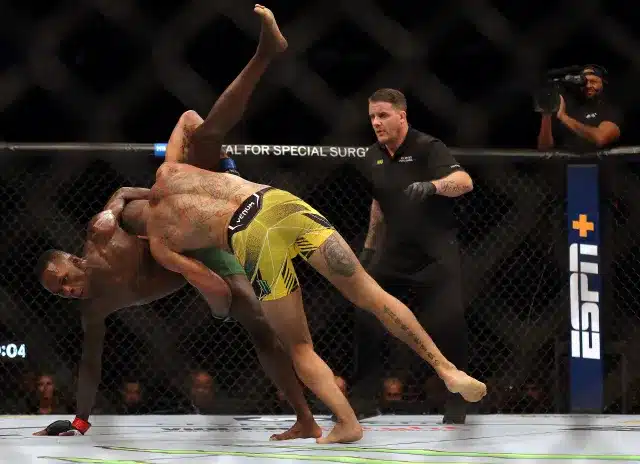
His bout with Israel Adesanya at UFC 281 on November 12, 2022, saw both fighters engaging in grappling exchanges, particularly in the third round, with Pereira demonstrating improved takedown defense and the ability to return to his feet after being grounded.
Training and Skill Development
Pereira’s training regimen reflects a proactive approach to grappling. Collaborations with high-level wrestlers and grapplers have been integral to his preparation. Notably, he has worked with Olympic wrestler Alonzo Menifield to enhance his defensive grappling and adapt to various scenarios he might encounter in the octagon.
Perception vs. Reality
Despite his advancements, some critics argue that Pereira’s grappling remains untested against elite wrestlers. However, training partners and coaches attest to his significant improvements. Aleksandar Rakic, a top light heavyweight contender, emphasised that while many suggest wrestling against Pereira, executing such a game plan is challenging due to Pereira’s dedicated training and defensive capabilities.
Conclusion
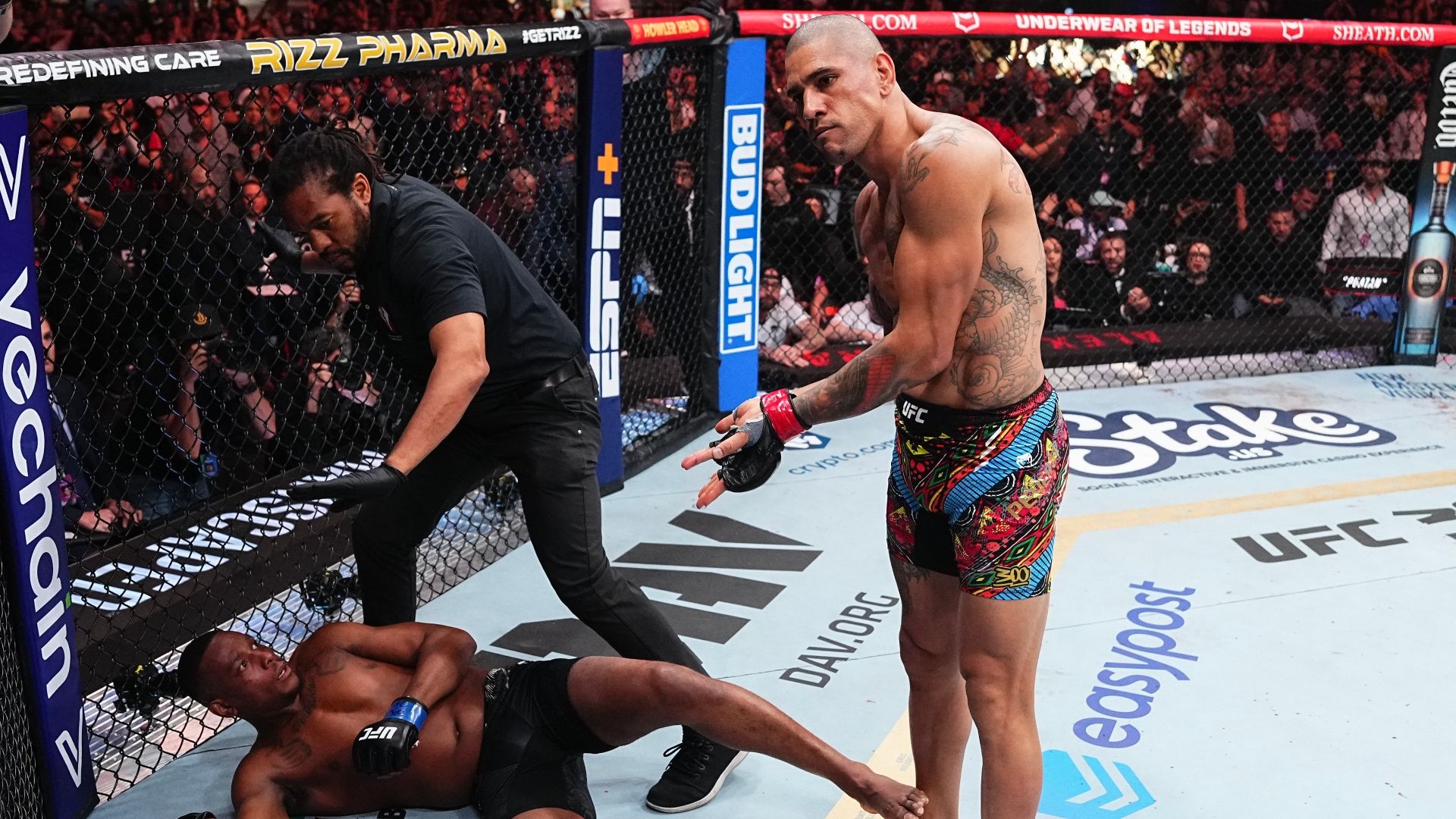
Alex Pereira’s journey in MMA illustrates a fighter who, while rooted in striking, has recognised and addressed the importance of grappling. His progression to a BJJ black belt and his performances against grappling-oriented opponents underscore a commitment to becoming a well-rounded martial artist.
As he continues to evolve, Pereira’s grappling skills are poised to play an increasingly pivotal role in his quest to maintain and defend his championship status.

